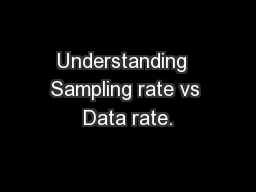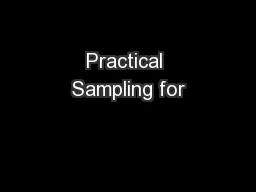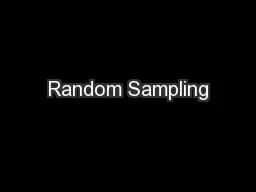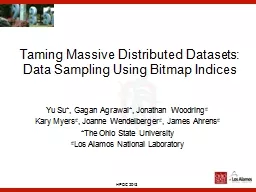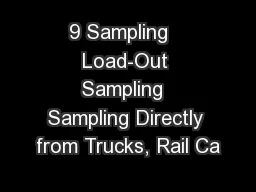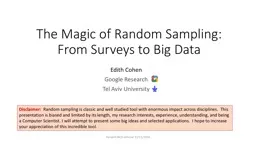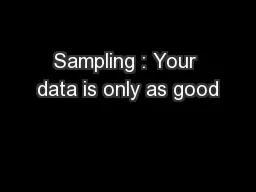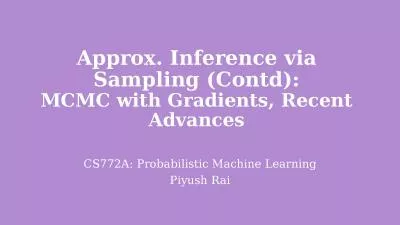PPT-Understanding Sampling rate vs Data rate.
Author : pasty-toler | Published Date : 2018-10-31
Decimation DDC and Interpolation DUC Concepts TIPL 4701 Presented by Jim Seton Prepared by Jim Seton 1 Table of Contents Input Data Rates Why lower data rates
Presentation Embed Code
Download Presentation
Download Presentation The PPT/PDF document "Understanding Sampling rate vs Data rat..." is the property of its rightful owner. Permission is granted to download and print the materials on this website for personal, non-commercial use only, and to display it on your personal computer provided you do not modify the materials and that you retain all copyright notices contained in the materials. By downloading content from our website, you accept the terms of this agreement.
Understanding Sampling rate vs Data rate.: Transcript
Download Rules Of Document
"Understanding Sampling rate vs Data rate."The content belongs to its owner. You may download and print it for personal use, without modification, and keep all copyright notices. By downloading, you agree to these terms.
Related Documents

